How to tell if Jewelry is real silver?
Determining whether jewelry is made of real silver or not can be challenging, especially with the abundance of silver-plated and fake silver jewelry in the market. However, there are several methods and characteristics that can help you determine the authenticity of silver jewelry. By understanding the composition of silver, examining physical characteristics, checking for hallmarks and stamps, conducting acid tests, and seeking professional testing, you can confidently identify real silver jewelry.
Key Takeaways
- Real silver is composed of 92.5% pure silver and 7.5% other metals.
- Pure silver jewelry has a bright, shiny appearance and does not tarnish easily.
- Real silver is heavier and denser than other metals.
- The magnet test can help determine if jewelry is made of real silver.
- Hallmarks and stamps indicate the purity and authenticity of silver jewelry.
What is Real Silver?
Understanding the Composition of Silver
Silver is a precious metal that is known for its lustrous appearance and high conductivity. It is a soft metal, which makes it ideal for crafting intricate jewelry pieces. Pure silver, also known as fine silver, is composed of 99.9% silver and 0.1% trace elements. These trace elements are usually copper or other metals, which are added to improve the durability and strength of the silver. The addition of these trace elements also helps prevent tarnishing, which is a common issue with pure silver jewelry.
When it comes to silver-plated jewelry, the composition is different. Silver-plated jewelry consists of a base metal, such as copper or brass, which is coated with a thin layer of silver. The silver layer is usually much thinner than in pure silver jewelry. It is important to understand the composition of silver to determine the authenticity and value of jewelry pieces.
Differentiating Between Pure Silver and Silver Plated Jewelry
When it comes to differentiating between pure silver and silver plated jewelry, there are a few key factors to consider:
-
Composition: Pure silver jewelry is made entirely of silver, while silver plated jewelry has a base metal core that is coated with a thin layer of silver.
-
Durability: Pure silver is softer and more malleable than silver plated jewelry, which can make it more prone to scratches and dents.
-
Tarnish: Pure silver is more likely to tarnish over time, while silver plated jewelry may retain its shine for longer.
-
Price: Pure silver jewelry is generally more expensive than silver plated jewelry due to the higher silver content.
It's important to keep these factors in mind when determining the authenticity of silver jewelry.
Physical Characteristics of Real Silver
Color and Luster
When examining jewelry for real silver, one of the key physical characteristics to consider is color and luster. Real silver has a distinct bright white color with a shiny, reflective surface. It should not have any yellow or grayish tint. The luster of real silver is also unique, with a high level of brilliance and reflectivity.
To determine if the jewelry has the right color and luster, you can compare it with known genuine silver pieces. This visual comparison can help you identify any discrepancies in the appearance of the jewelry.
Additionally, you can use a jeweler's loupe or magnifying glass to closely examine the surface of the jewelry. Look for any signs of tarnish, discoloration, or unevenness, as these may indicate that the jewelry is not made of real silver.
Weight and Density
When it comes to determining the authenticity of silver jewelry, weight and density are important factors to consider. Weight can provide a clue about the purity of the silver, as pure silver is generally heavier than silver alloys or plated jewelry. However, it's important to note that weight alone is not a definitive indicator of authenticity.
Density, on the other hand, refers to the mass of silver per unit volume. Pure silver has a higher density compared to other metals commonly used in jewelry. By comparing the weight and density of a piece of jewelry, you can get a better idea of its composition.
To determine the weight and density of silver jewelry, you can use a scale to measure the weight and a graduated cylinder to measure the volume. By dividing the weight by the volume, you can calculate the density. Keep in mind that professional testing methods, such as XRF testing, are more accurate and reliable for determining the authenticity of silver jewelry.
Magnet Test
The magnet test is a simple and quick way to determine if jewelry is made of real silver. Silver is not magnetic, so if a piece of jewelry is attracted to a magnet, it is likely not made of real silver. However, it's important to note that not all fake silver jewelry will be magnetic, as some counterfeiters may use non-magnetic metals that are silver plated. Therefore, while the magnet test can be a useful initial indicator, it should not be the sole method used to determine the authenticity of silver jewelry.
Here are some key points to keep in mind when performing the magnet test:
- Use a strong magnet to ensure accurate results.
- Hold the magnet close to the jewelry piece and observe if it is attracted or repelled.
- If the jewelry piece is attracted to the magnet, it is likely not made of real silver.
- If the jewelry piece is not attracted to the magnet, it does not guarantee that it is made of real silver.
Remember, the magnet test is just one of several methods that can be used to determine if jewelry is made of real silver. It is always recommended to use multiple tests and consult with a professional jeweler for a definitive assessment.
Hallmarks and Stamps
Importance of Hallmarks
Hallmarks are important indicators of the authenticity and quality of silver jewelry. They provide valuable information about the metal content, purity, and origin of the piece. By examining the hallmarks, you can determine if the jewelry is made of real silver or if it is silver plated. It is crucial to understand the significance of hallmarks when buying or selling silver jewelry.
Hallmarks serve as a form of quality assurance for buyers. They ensure that the jewelry meets certain standards and has undergone testing to verify its authenticity. Without hallmarks, it can be challenging to differentiate between genuine silver and counterfeit or low-quality alternatives.
To help you interpret the hallmarks correctly, here is a table summarizing some common hallmarks for real silver:
| Hallmark | Meaning |
|---|---|
| 925 | Sterling Silver |
| 800 | Coin Silver |
| 950 | Mexican Silver |
Remember to look for these hallmarks when examining silver jewelry to ensure its authenticity and value.
Tip: If you come across a piece of jewelry with a hallmark that seems suspicious or unfamiliar, it is advisable to seek the opinion of a professional jeweler.
Common Hallmarks for Real Silver
When examining jewelry for real silver, it is important to look for certain hallmarks that indicate its authenticity. Here are some common hallmarks to watch out for:
- 925 or Sterling: This hallmark indicates that the jewelry is made of 92.5% pure silver, which is the standard for sterling silver.
- .925: Similar to the previous hallmark, this indicates the silver content of the jewelry.
- 925/1000: This hallmark represents the silver content as a fraction, with 925 parts out of 1000 being pure silver.
It is important to note that the absence of these hallmarks does not necessarily mean the jewelry is not real silver. Some older pieces may not have hallmarks or they may have worn off over time. Additionally, some silver jewelry may be marked with the country of origin or the maker's mark instead of the silver content hallmark.
Remember to consider other factors, such as the physical characteristics and conducting additional tests, to determine the authenticity of silver jewelry.
Identifying Fake Hallmarks
When it comes to identifying fake hallmarks on silver jewelry, there are a few key things to look out for:
-
Inconsistencies in the Hallmark: Pay attention to any irregularities or inconsistencies in the hallmark. Fake hallmarks may have misspellings, incorrect symbols, or poor craftsmanship.
-
Hallmark Verification: It's important to verify the authenticity of the hallmark. Research and familiarize yourself with common hallmarks for real silver. This will help you identify any suspicious markings.
-
Hallmark Size and Placement: Genuine hallmarks are usually small and discreetly placed on the jewelry. If you come across a large or prominently displayed hallmark, it could be a sign of a fake.
Tip: If you're unsure about the authenticity of a hallmark, it's always a good idea to seek assistance from a professional jeweler who can provide expert guidance and testing.
Remember, being aware of these factors can help you determine whether a hallmark is genuine or fake.
Acid Test
How the Acid Test Works
The acid test is a common method used to determine the authenticity of silver jewelry. It involves applying a small amount of acid to the jewelry and observing the reaction. Acid is used because it reacts differently with real silver compared to other metals.
During the acid test, a drop of acid is applied to a discreet area of the jewelry, usually on the back or inside of a piece. If the jewelry is made of real silver, the acid will not cause any noticeable reaction. However, if the jewelry is silver-plated or made of a different metal, the acid will cause a chemical reaction, such as discoloration or bubbling.
To perform the acid test, you will need a testing kit that includes the appropriate acid solution and a testing stone. The stone is used as a surface to test the jewelry and observe the reaction. It is important to follow the instructions provided with the testing kit and take necessary safety precautions when handling acid.
It is worth noting that the acid test may not be suitable for all types of silver jewelry. Some delicate or valuable pieces may be damaged by the acid. In such cases, it is recommended to seek professional testing methods, such as XRF testing or assistance from a jeweler.
Performing the Acid Test
The acid test is a common method used to determine if jewelry is made of real silver. It involves applying a small amount of acid to the jewelry and observing the reaction. Silver jewelry will not react or will only show a slight discoloration, while fake silver jewelry made of other metals will show a more pronounced reaction.
To perform the acid test, follow these steps:
- Obtain a silver testing kit that includes silver testing acid and a testing stone.
- Select a inconspicuous area on the jewelry piece to perform the test.
- Rub the testing stone on the selected area to create a small scratch.
- Apply a drop of acid to the scratch and observe the reaction.
If the jewelry shows a strong reaction or turns green, it is likely not made of real silver. However, it's important to note that the acid test may damage the jewelry, so it should be done with caution and only as a last resort.
Tip: If you're unsure about performing the acid test yourself, it's best to seek assistance from a professional jeweler who can accurately determine the authenticity of the silver jewelry.
Interpreting the Results
When interpreting the results of the acid test, there are a few key factors to consider:
-
Color change: A positive result is indicated by a noticeable color change, such as a darkening or tarnishing of the tested area. This suggests the presence of silver.
-
Reaction time: The speed at which the acid reacts with the metal can also provide valuable information. A quick reaction may indicate a higher silver content.
-
Consistency: Consistent results across multiple tests can help confirm the authenticity of the silver.
-
Caution: It's important to handle the acid test with care and follow safety precautions to avoid any harm.
Remember, the acid test is a reliable method for determining the presence of silver, but it's always recommended to seek professional assistance for a definitive evaluation.
Professional Testing
Using XRF Testing
XRF testing, or X-ray fluorescence testing, is a reliable method used to determine the composition of jewelry. This non-destructive technique involves analyzing the elemental composition of the material using X-ray radiation. XRF testing can accurately identify the presence of silver and other elements in the jewelry.
One of the advantages of XRF testing is its ability to provide quantitative data. The results obtained from XRF testing can provide information about the percentage of silver in the jewelry, as well as the presence of any other metals or alloys. This data can be useful for assessing the authenticity and quality of the silver.
When using XRF testing, it is important to consult with a professional who has experience in interpreting the results. They can provide valuable insights and help determine if the jewelry is made of real silver or if it contains any other metals or alloys. XRF testing is a valuable tool in the process of verifying the authenticity of silver jewelry.
Seeking Assistance from a Jeweler
When it comes to determining the authenticity of silver jewelry, seeking assistance from a professional jeweler is highly recommended. A jeweler has the expertise and tools necessary to accurately assess the quality of the silver. They can perform various tests and examinations to determine if the jewelry is made of real silver or if it is a counterfeit.
Here are some reasons why consulting a jeweler is beneficial:
- Expertise: Jewelers have extensive knowledge and experience in identifying real silver. They are familiar with the characteristics and properties of genuine silver, allowing them to make an accurate assessment.
- Specialized Equipment: Jewelers have access to specialized equipment such as XRF testing machines, which can provide precise and reliable results.
- Professional Opinion: A jeweler can provide a professional opinion on the authenticity of the silver jewelry. They can offer valuable insights and advice based on their expertise.
If you have any doubts about the authenticity of your silver jewelry, it is best to consult a reputable jeweler for an accurate assessment.
Conclusion
In conclusion, determining whether jewelry is real silver can be a challenging task. However, by considering factors such as hallmarks, magnetism, and acid tests, you can increase your chances of identifying authentic silver. It is important to remember that professional assistance may be required in some cases. Stay vigilant and always consult with experts when in doubt.
Frequently Asked Questions
What is real silver?
Real silver, also known as sterling silver, is a precious metal that is composed of 92.5% pure silver and 7.5% other metals, usually copper.
How can I differentiate between pure silver and silver plated jewelry?
Pure silver jewelry will have a higher silver content and will be more expensive than silver plated jewelry. You can also look for hallmarks or stamps on the jewelry that indicate it is made of real silver.
What are the physical characteristics of real silver?
Real silver has a distinct color and luster. It is also heavier and denser than other metals. Additionally, real silver is not magnetic.
What are hallmarks and stamps?
Hallmarks and stamps are markings on jewelry that indicate the metal content and purity. They are used to identify real silver and distinguish it from fake or low-quality jewelry.
How does the acid test work?
The acid test is a method used to determine the authenticity of silver. It involves applying acid to a small area of the jewelry and observing the reaction. Genuine silver will not be affected by the acid, while fake silver will show signs of corrosion.
Can I perform the acid test at home?
While it is possible to perform the acid test at home, it requires caution and proper handling of the acid. It is recommended to seek assistance from a professional jeweler to ensure accurate results and avoid any damage to the jewelry.
Best Sellers


















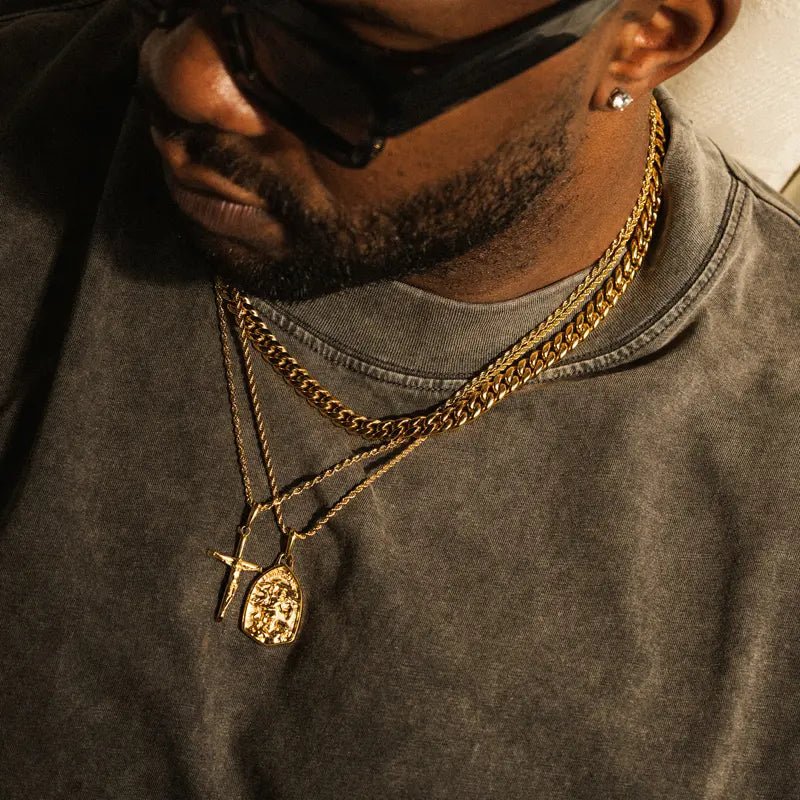







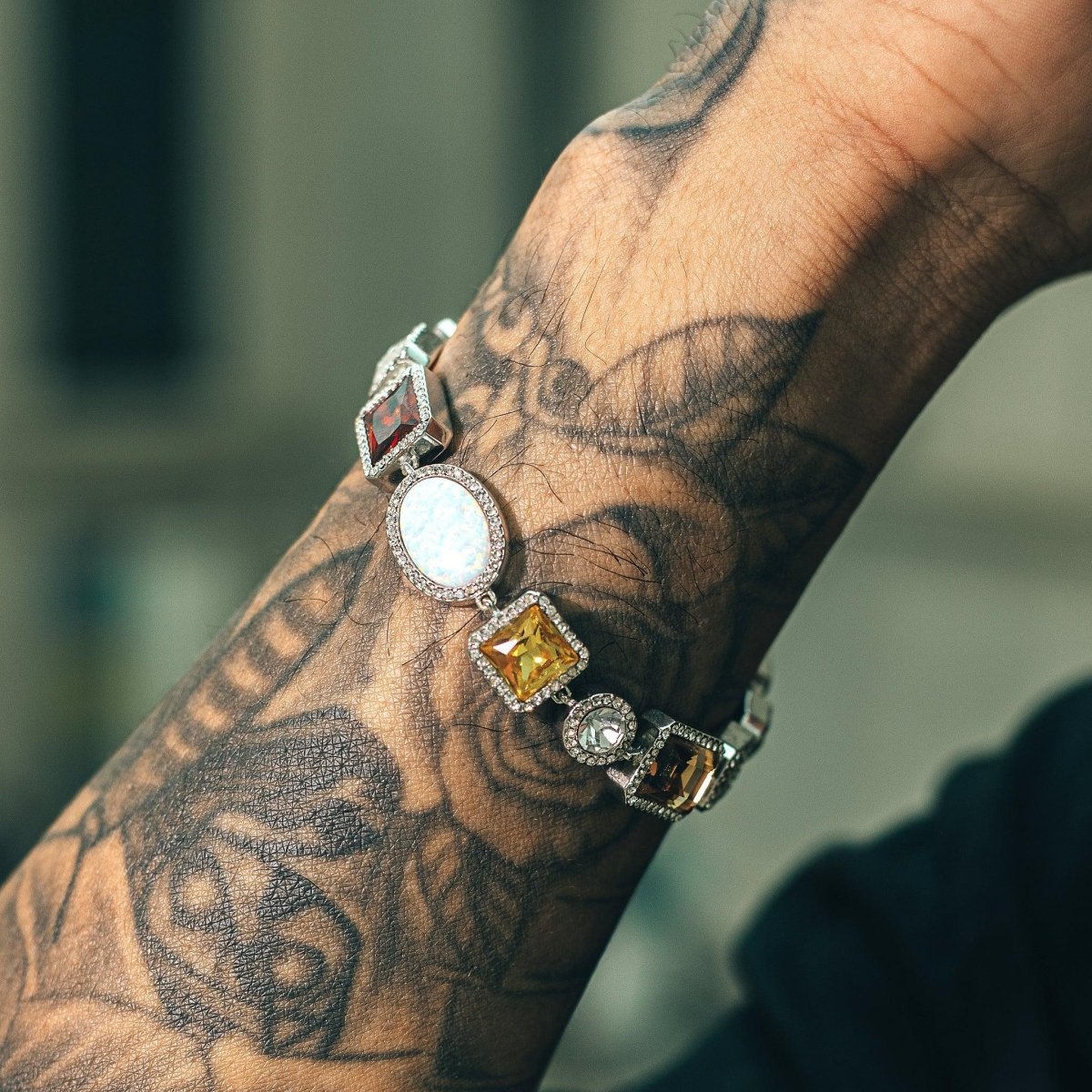
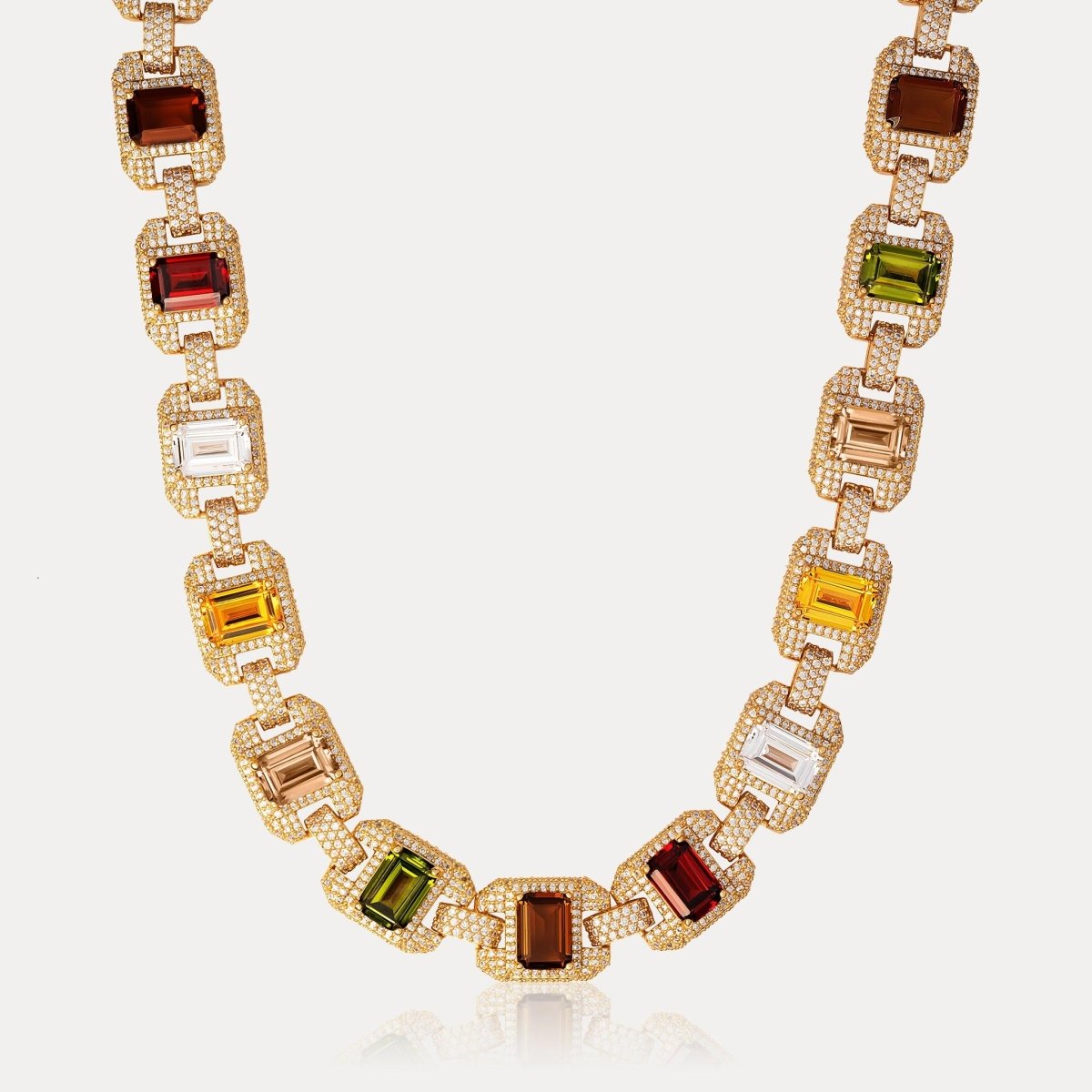



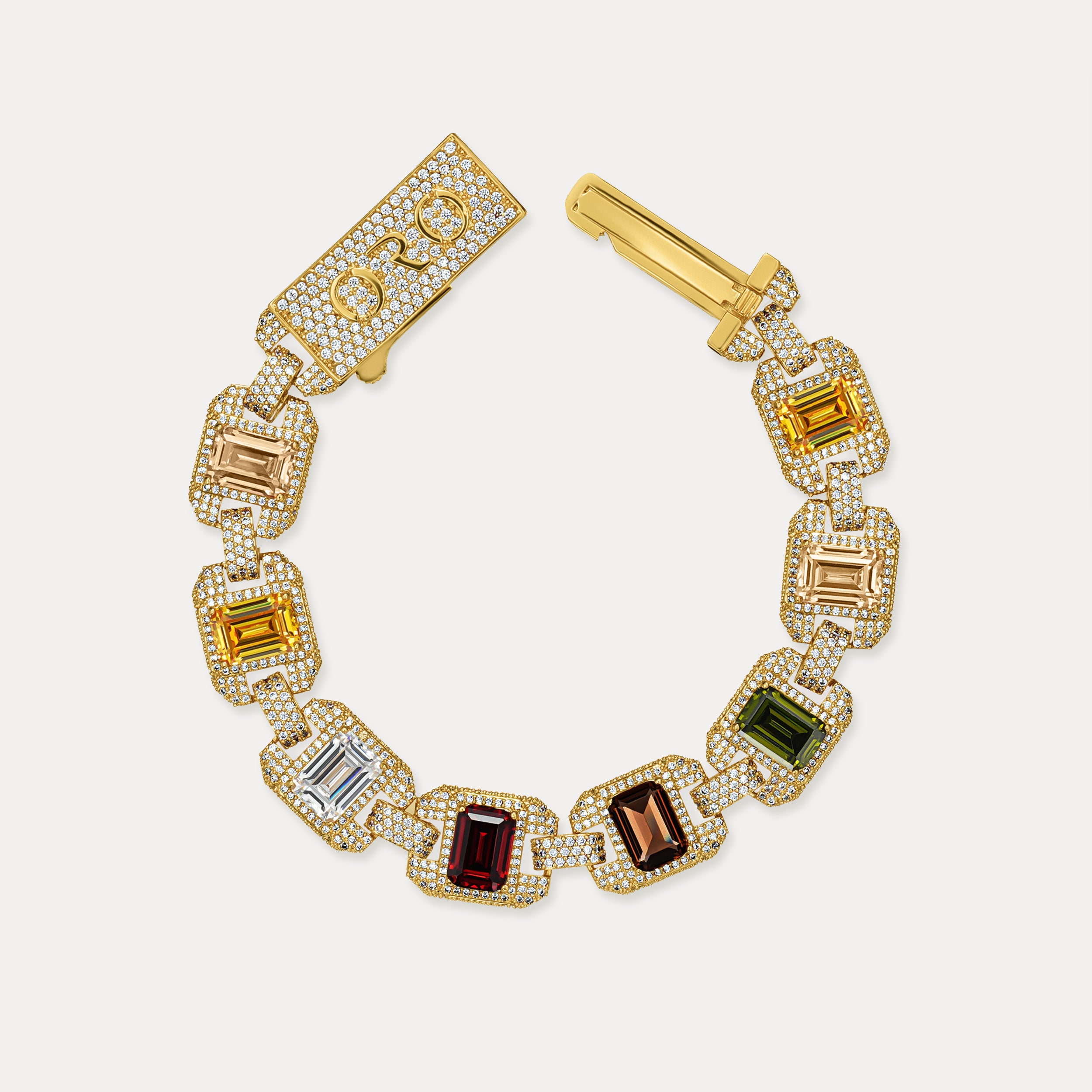












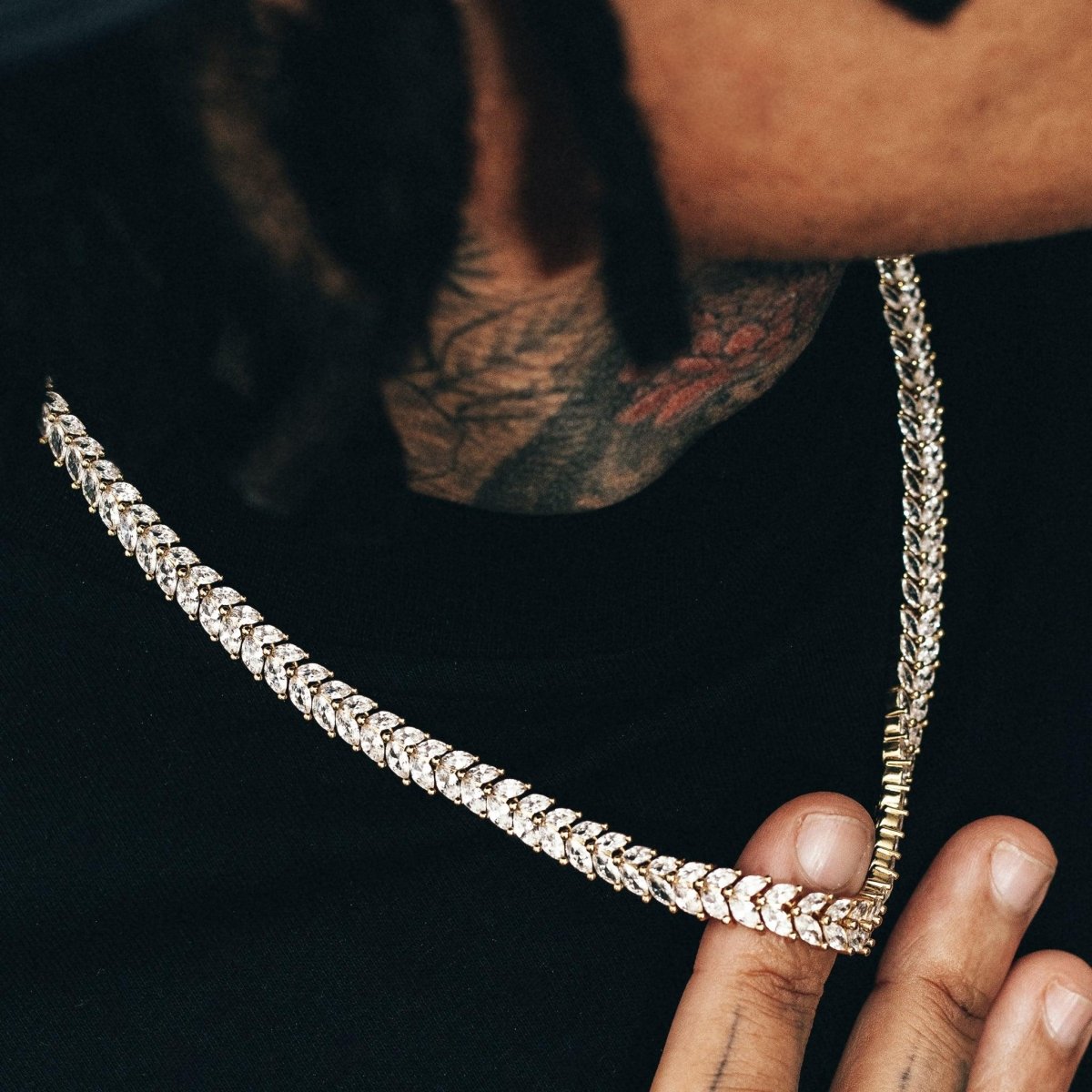






Leave a comment
This site is protected by hCaptcha and the hCaptcha Privacy Policy and Terms of Service apply.